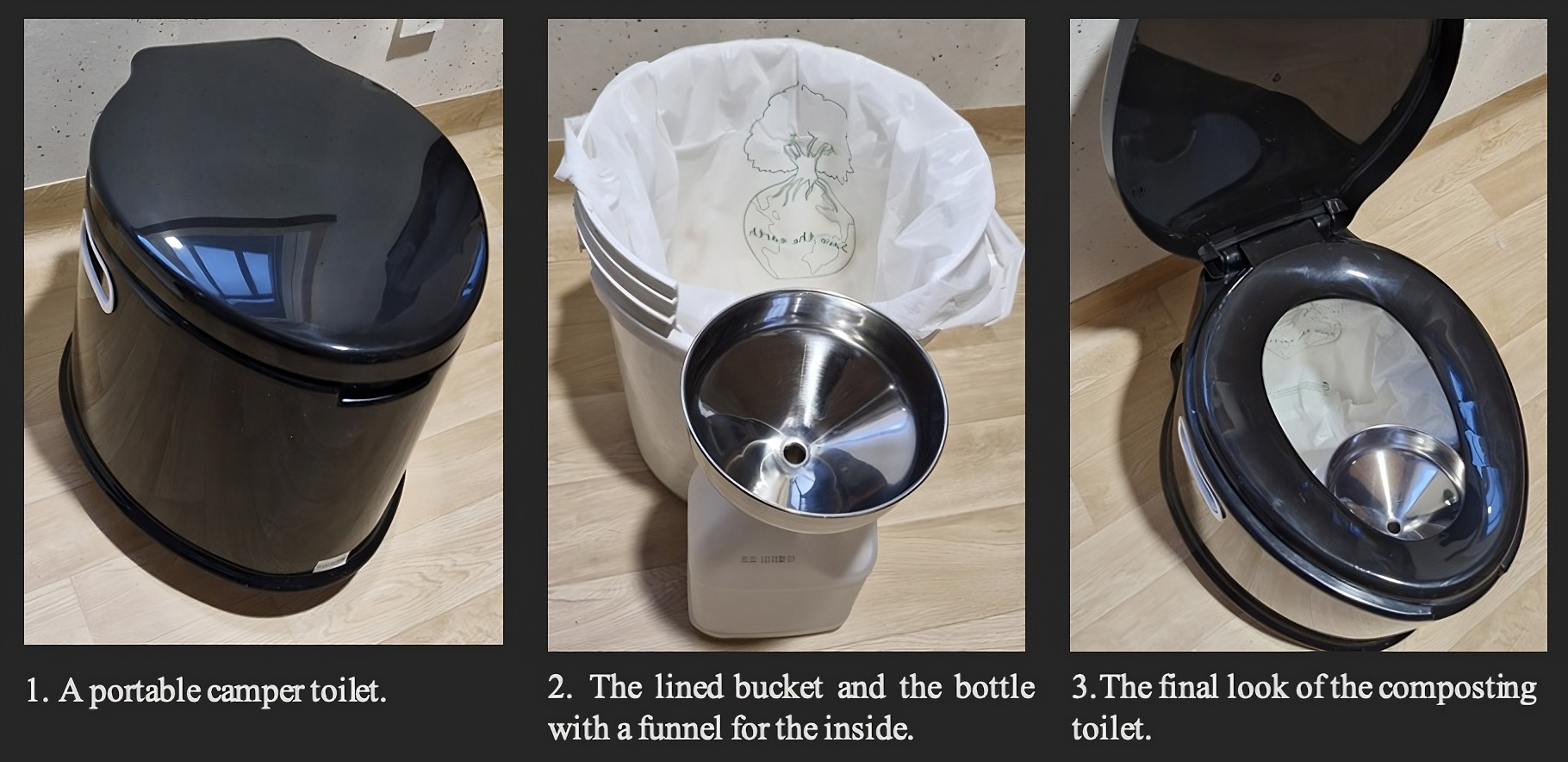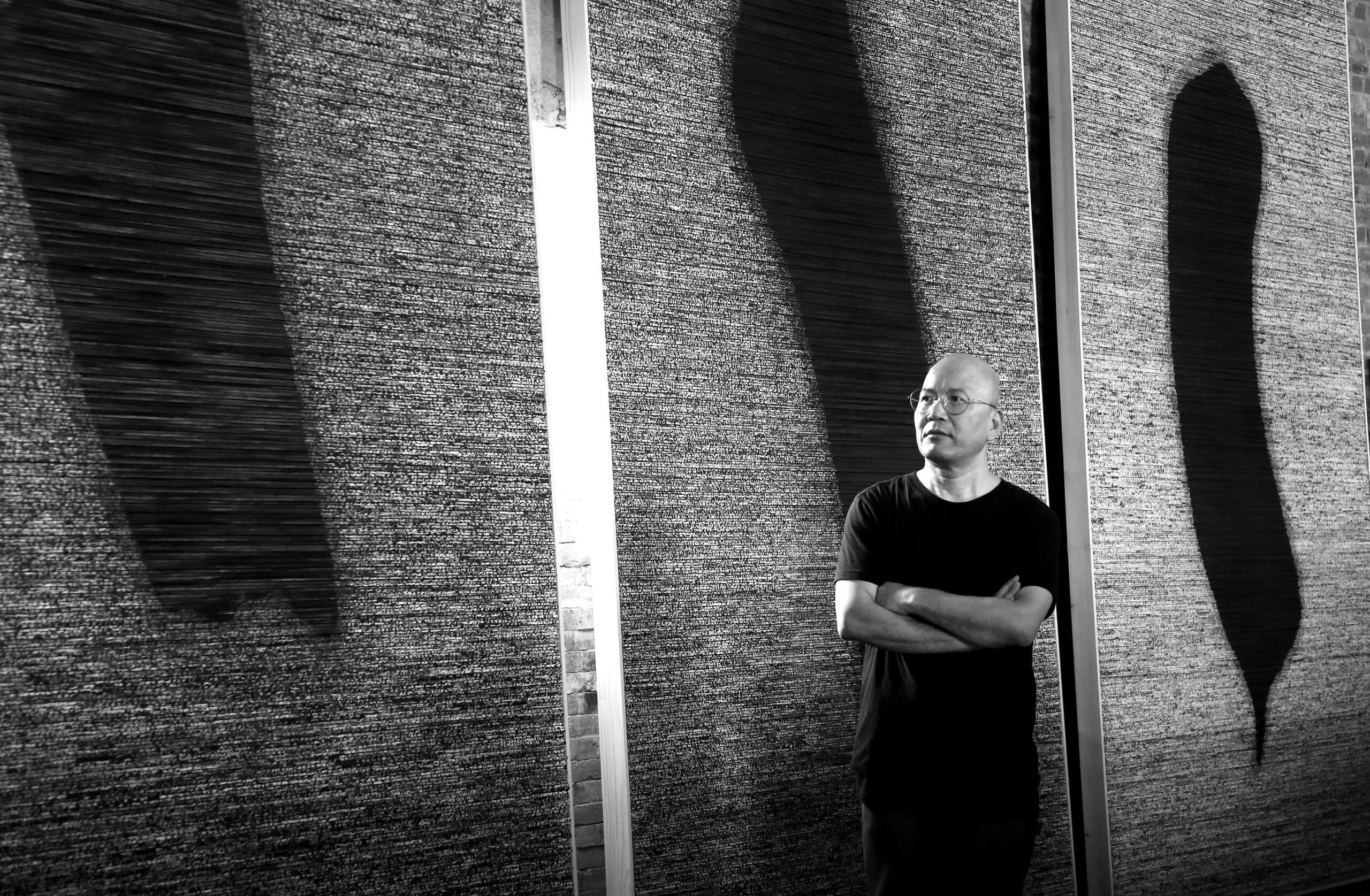The Multitude of English Teaching Organizations in Korea
Written by Dr. David E. Shaffer.
The formation of English teaching organizations has flourished in Korea. While in other countries in this part of the world there may be only one or two English teaching organizations (ETOs), in Korea there are more than a dozen! “Why does Korea have so many ETOs?” is a question I so often hear from expat English teachers in Korea as well as from members of ETOs outside of Korea. I often start my attempt at an answer with a joke that I heard decades ago (from a Korean) but one that holds a seed of truth: If three Koreans are put together, they will form two groups!
Koreans like to form groups: political parties proliferate ahead of election time, numerous small churches dot a single neighborhood, and alumni of the same class in school form umpteen reunion groups. There are advantages, though, of having myriad ETOs in Korea. It allows for more people to be active participants in English language teaching-related activities and leadership. It allows for more annual conferences and other English language teaching (ELT) events to be organized and attended by English educators, and it creates more opportunities for ELT-related individuals to present at these conferences. Similarly, it allows for the publication of more academic journals – each ETO has one – and thereby creates more opportunities for individuals to get their research published.
Because of the sheer number of ETOs populating the Korean ELT scene, many Koreans as well as expat English teachers may not be familiar with more than a few of them. So, what follows is a brief introduction to the major nationwide ETOs in South Korea.
KATE
The Korea Association of Teachers of English (KATE) is the oldest and largest ETO in Korea. Starting out in 1965 as a college English instructors’ association, it changed its English name to KATE in 1994 as it attempted to broaden its membership base to public school English teachers and others. Its main activities are the publication of a quarterly academic journal, English Teaching, and holding two annual conferences: an international conference in July and a smaller spring event, the KATE SIG Conference. As is true of most of the general ETOs in Korea, its membership is heavily university faculty members and its board of directors is almost exclusively tenured university professors. Website: http://www.kate.or.kr/
PKETA
The Pan-Korea English Teachers Association (PKETA) was founded in 1989 as PETA (Pusan English Teachers Association). It grew into the Gyeongsang-centric Yeongnam English Teachers Association (YETA), and later, to become more nation-wide, changed its name to PKETA and began to add out-of-area directors to its board. However, most of its membership is from the Gyeongsang area and its events are held exclusively in this area. It has published a quarterly journal, English Language Teaching, since 1992 and holds an annual national or international conference. At times, an additional professional development event (symposium or workshop) is organized. Website: https://pketa.jams.or.kr/
ALAK
The Applied Linguistics Association of Korea (ALAK) was formed in 1982 and has been publishing a journal and holding events since that time. Its quarterly academic publication is the ALAK Journal and at present it holds an annual international conference. Some years, it has additionally organized a seminar or workshop. Although its name suggests a difference from other Korean ETOs, its journal focus and conference contents mirror those of general ETOs. Website: http://www.alak.or.kr/
KAFLE
The Korea Association of Foreign Languages Education (KAFLE) has been in existence since 1995 and caters to teachers of other foreign languages in addition to teachers of English. Its membership is mainly composed of professors and instructors concerned with English studies. It publishes a quarterly journal, Foreign Languages Education, holds an annual international conference, and sometimes organizes a spring workshop. Website: http://www.kafle.or.kr/
KAPEE
The Korea Association of Primary English Education (KAPEE) was organize in 1995, just two years before elementary school English instruction began in Korea. The association focuses on elementary school educators and on academics doing research on elementary English education. KAPEE began publishing a journal when it was founded, Primary English Education, that has grown from a one-issue-per-year journal to a quarterly publication in recent years. KAPEE, ostensibly, has a network of branches in each region of Korea, but some appear completely and the others minimally active at present. Website: http://www.kapee.or.kr/
KASEE
The Korea Association of Secondary English Education (KASEE) has formed more recently than many of our other ETOs, in 2007, due to an earlier secondary school English association becoming less active. As its name indicates, KASEE focuses on middle and high school educators and researchers. It holds a conference each year, a colloquium in the spring, and publishes a journal quarterly, Secondary English Education. Website: http://kasee.org/
KAMALL
The Korea Association of Multimedia-Assisted Language Learning (KAMALL), as its name suggests, is concerned with teaching English with the use of multimedia. It was founded in 1997 and has held an annual conference, joint conference, or workshop almost every year since that time. Multimedia-Assisted Language Learning, the association’s scholarly journal, started out with a single issue in 1997 and has grown into a quarterly journal this decade. Website: http://www.kamall.or.kr/
STEM
The Society for Teaching English through Media (STEM) had its beginnings in 1998 as a movie-centric association concerned with teaching English using material from movies as well as things like the translation of English language movies into Korean. STEM holds an annual conference that moves around Korea rather than hovering in the capital area. It published only a newsletter in its early years, but in 2000, STEM Journal was born and has since grown from one issue to three issues annually. STEM has expanded to media beyond motion pictures in subject matter for its publications and conferences. Website: http://www.stemedia.co.kr/
GETA
The Global English Teachers Association (GETA) started out in 1995 as HETA (Honam English Teachers Association), founded by Dr. Lee Heung-soo of Chonnam National University. The following year, its semi-annual academic journal, Studies in English Education, began publication. HETA started out as a regional association for the Jeolla area and, like PKETA, changed its name to GETA and recruited some board directors from outside the area to obtain national status. However, the bulk of its membership is Jeolla-based, its presidents are also Jeolla-based, and its conference venues alternate between North and South Jeolla locations. GETA’s presidents alternate similarly. Website: http://www.geta.kr/

MEESO
The Modern English Education Society (MEESO) is another non-specialized ETO. It was created in 2000 and holds an annual conference, either national or international in scope. Its journal, Modern English Education, has been published since 2000 and has been a quarterly for almost a decade. Although MEESO can be considered “nationwide” in its membership, few of its members or board directors are from the Jeolla area, and its conferences are held in Seoul or nearby areas. Website: http://www.meeso.or.kr/
KEES
Although its English name does not reflect it, the Korea English Education Society’s (KEES) name in Korean includes “English curriculum” (한국영어교과교육학회). KEES was founded in 2001 by professors of the Korea National University of Education (KNUE) located near Cheongju in the central part of Korea. The association remains very KNUE-centric. Its presidents are on the KNUE faculty, and the directors on its board are predominantly from universities in the KNUE area. Its annual conference is held at KNUE or at other universities in the Chungcheong area, and a considerable number of its conference participants are often KNUE graduate students. It also publishes a quarterly journal, Journal of the Korea English Education Society. Website: http://www.kees.kr/
ETAK
The English Teachers Association in Korea (ETAK) is also a Chungcheong-centric ETO. ETAK was formed in 1994, and most of its presidents, directors, and members are from the Chungcheong area. ETAK’s annual conferences are held at universities in the North and South Chungcheong Provinces, and its quarterly journal is English Language and Literature Teaching. Website: http://etak.or.kr/
Although some of these ETOs concentrate on a specialized area of ELT (e.g., media, secondary education, materials development), I am sure you have noticed that almost all of them are basically journal–conference associations; that is, their main activities are publishing a scholarly journal and holding one or sometimes two conferences per year. Their board of directors consists almost exclusively of university professors (except KAPEE) whose board meetings are almost entirely about journal publishing and conference planning, and they all have partnerships with each other. There is one ETO in Korea, which we have not mentioned yet, that does not, and intentionally does not, conform in many ways to this mold: Korea TESOL.
Korea TESOL
Korea TESOL, or KOTESOL, is shorthand for Korea Teachers of English to Speakers of Other Languages. The organization was formed in 1993 through the merger of a ten-year-old Seoul-centric ETO (AETK) and a smaller five-year-old Daejeon-centric ETO (KATE, not the same as above). Both were heavy on expat English-teacher membership, as is KOTESOL today. As do the other ETOs that we mentioned, KOTESOL has an academic journal and holds conferences – among other activities. In recent years, the Korea TESOL Journal has matured into a semi-annual publication. However, KOTESOL also publishes a yearly post-conference volume of KOTESOL Proceedings for selected papers from its annual international conference, as well as a quarterly news magazine of ELT articles, The English Connection.
KOTESOL also does conferences, and does them well. Its spring national conference was held in Jeonju (North Jeolla Province) this year with renowned ELT authority Jack C. Richards as the plenary speaker. Its two-day international conference is held in October each year (the 12th and 13th this year) and attracts more than twice as many attendees as its nearest Korean ETO counterpart. This year’s invited speakers include none other than Rod Ellis (Australia), Andrew D. Cohen (USA), Thomas S.C. Farrell (Canada), and Lee Bo-young (Korea).
However, what really sets KOTESOL apart from the rest of the ETO pack is its system of regional chapters and its special interest groups (SIGs). Its half-dozen SIGs cater to interests such as classroom management, reflective practice, and social justice. KOTESOL has nine chapters serving different regions of the country. Most of them are organized very much like the Gwangju-Jeonnam Chapter, centered in the City of Light. The Gwangju-Jeonnam Chapter holds monthly meetings to which it invites two speakers to present talks or workshops for professional development. During the morning of monthly-meeting day, there is also a reflective practice session. The Chapter holds a regional conference each March, while most of the other eight chapters also hold regional conferences at differing times throughout the year. As you can see, with so much activity happening at the local level, KOTESOL members have the opportunity to be involved in organizing as well as participating in local events throughout the year. More information is available on the KOTESOL website: https://koreatesol.org/
The Author
David Shaffer has lived and worked in Gwangju since he came here with the U.S. Peace Corps in the early 1970s. He is vice-president of the Gwangju-Jeonnam Chapter of KOTESOL. On behalf of the chapter, he invites you to participate in the teacher development workshops at their monthly meetings. For many years, Dr. Shaffer has been a professor of English language at Chosun University. He is a long-time member of KOTESOL, and at present he is national president. In addition, Dr. Shaffer has served on three of the above ETOs’ boards of directors, organized several of their conferences, and been a member of most of these ETOs, attending and presenting at their conferences. He is presently the board chair at the Gwangju International Center and also editor-in-chief of the Gwangju News.



